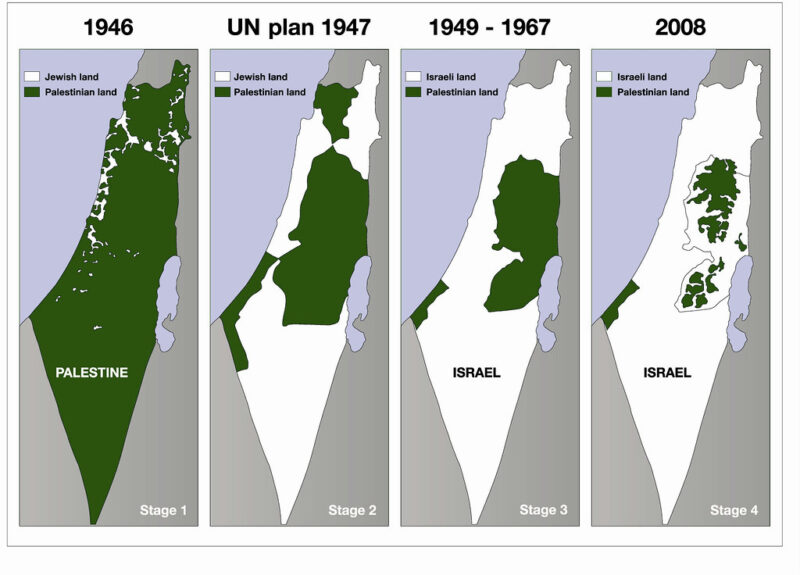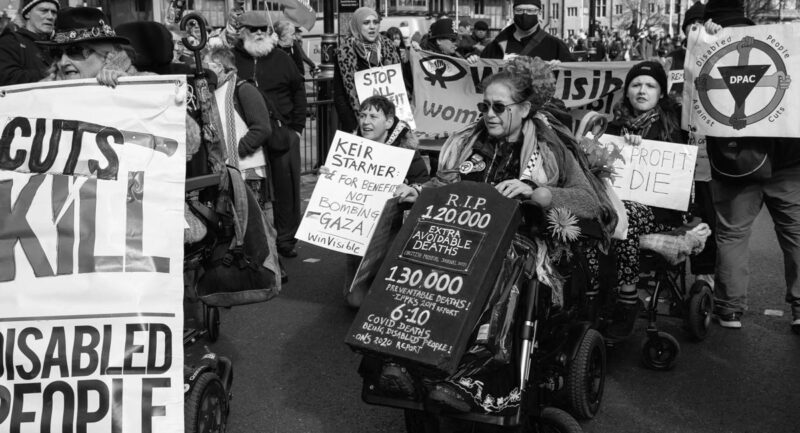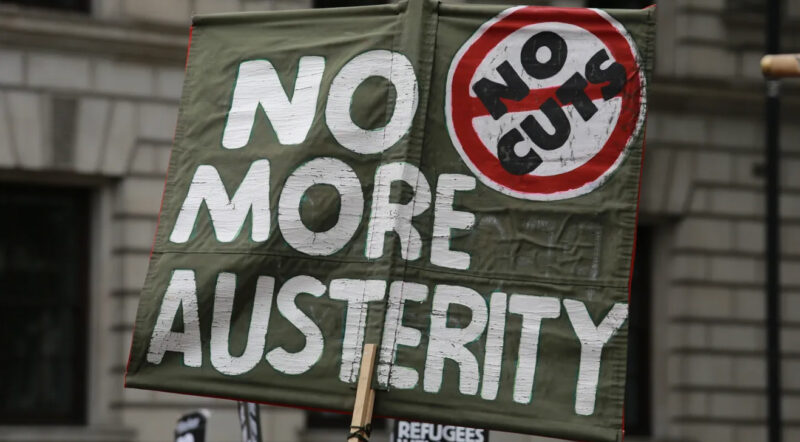Now we can stop the pensions robbery
 Two million strong strike shows unions have power to bring down the government – but, argues Jeremy Dewar, only if they escalate the action, broaden their aims and base themselves on action committees
Two million strong strike shows unions have power to bring down the government – but, argues Jeremy Dewar, only if they escalate the action, broaden their aims and base themselves on action committees
“OBVIOUSLY IT was a big strike,” conceded David Cameron the day after the 30 November strike. Gone was the bluster that this was a “damp squib”, that nearly half our schools had opened or that airports and hospitals saw little disruption. Two million workers had spoken and Britain had listened.
The scale of the strike was impossible to deny; sooner or later, the Tories had to admit they had received a bloody nose. Still, they tried damage limitation. The Department of Education came out and said only 13 per cent of schools had opened, while the same number had taken in students only to hold assemblies or one class. An exercise in babysitting, one union rep told me.
While ministers grabbed on to the stat that only 6,000 out of 30,000 operations were cancelled, in fact thousands more had been rescheduled, while unions had agreed “life and limb” emergency cover during the strike. Unions said 400,000 healthworkers were on strike.
From first hand experience, I can say that local authorities were hit hard, with thousands joining Unison, Unite and the GMB in the days leading up to the strike, almost certainly outnumbering the few who crossed picket lines. These are new members who will stay with the unions in the battles over pay, jobs and services; they are permanent gains, workers who joined in order to fight.
Garbage trucks stood still in depots, while support staff strengthened school and college strikes. Town Halls across the country saw hundreds of picketers congregate in the late morning sun before “taking the road” on their way to official demos.
Tory grandee Francis Maude was keen to rubbish the civil service walkout but was hampered by the fact that his own Cabinet Office suffered its biggest strike in history. The government took extraordinary steps to prevent Heathrow passengers piling up, even getting its press officer to check passports, but it only succeeded after a quarter of all flights were cancelled. Only 10 cargo staff turned up as more than 90 per cent – over 1,000 – union members struck at the airport.
In fact, civil servants were out like never before; 84 per cent of the country’s 290,000 PCS members walked off the job, closing down courts in Liverpool, St Helens, Nottingham and Stoke, all museums in Wales and Glasgow’s Student Loan Company. Although the Department for Works and Pensions claimed only 16 Job Centres closed, in fact 80-90 per cent of PCS members in the DWP were on strike. Rather like minister Iain Duncan Smith’s head, the lights were on but nobody was in.
This unprecedented strike by 29 different unions was bound to have a massive impact on the broader mass of workers and youth suffering from austerity measures. It was, after all, the nearest we can get to a one day general strike in Britain without breaking the undemocratic anti-union laws, which forbid political strikes in response to the government’s political attack.
The day before the strike both these points were neatly illustrated.
A BBC poll showed, despite the rhetoric of the government, BBC and billionaire press, 61 per cent supported the strike, rising to 67 per cent among women (this was a strike with a majority of women on it as well) and an incredible 79 per cent among the youth. So much for the “apathetic” generation – when you deprive a million under 25s of employment, education and training, of course they will support a fightback.
When 2.6 million people are balloted, nearly everyone knows a friend, family member or service provider, who can explain the issues.
The second big generator of public support was Chancellor George Osborne himself. In his autumn statement, he announced a two-year 1 per cent pay cap to follow the two-year pay freeze for public sector workers. Then the Office for Budget Responsibility forecast 710,000 more public sector job cuts. A “lost decade” of spending cuts would break Britain public services.
Sympathy and solidarity
On the day this manifested itself in a number of ways, big and small. Hoots, waves and cheers greeted picket-lines throughout rush hour and tens of thousands swelled union ranks on local demos: London (50,000), Manchester (30,000), Glasgow (25,000), Bristol (20,000), Birmingham (15,000) and 10,000 in Leeds, Liverpool, Newcastle and Brighton.
In London there was direct action and as 300 electricians and Occupy London activists hooked up at Liverpool Street and roved the City, supporting picket lines and avoiding police kettles. Late afternoon, UK Uncut led an occupation of mining giant Xstrata, whose Mick Davies is the highest paid CEO in Britain. Police arrested around 25 people on that action. In Hackney, police arrested 37 protesters simply for approaching a picket line in solidarity.
To underscore the state’s fear that the strike would indeed strike a chord with wider discontent, the Metropolitan Police cordoned off the whole of Whitehall with a veritable “Iron Curtain” 10 foot tall. For the tens of thousands who marched past it, this is what democracy looks like today.
Tapping the potential
The class struggle in Britain is entering a new phase. The deepening economic crisis, a historic crisis of the whole system, has shaken up all the classes.
The bosses and bankers are demanding unprecedented levels of austerity: wage restraint, job cuts and the dismantling of the welfare state: selling off the profitable bits, shutting down the rest. After four years of cuts, public sector workers will have lost 20-25 per cent of their real income – or their entire job. Private company workers are caught in a new credit crunch and global slowdown: potentially a depression.
Picket after picket explained, “It’s not just about pensions – I’m against all the cuts.” The union tops may have wanted to fight this as a dispute over pensions, but it has already become a social movement against the “1 per cent”. For socialists, the task is to turn it into a political struggle for power.
Union leaders plans
And this is the problem the conservative layer of bureaucrats, who run our unions faces. After 30 November, how can they put the genie back in the bottle? Or as Treasury minister Danny Alexander put it:
“Striking will harden opinion on the union side and make it harder for them to sell a deal to their members.”
The government immediately re-opened negotiations on 1 December. The most right wing leaders jumped at the new talks, saying they expected a deal to be forthcoming – notably the moderate teachers’ union ATL and the heads’ NAHT.
As for the left wing of the TUC, they have a more difficult balancing act still. Unlike their right wing brothers and sisters, PCS leader Mark Serwotka and NUT left Kevin Courtney do not have the ear of Tory ministers. On the contrary, the Tories would like nothing more than to see their reputation among workers and their careers as leaders in tatters. This cannot be achieved overnight, but they’re working on it.
The problem (as Simon Hardy explains on page 7) is that these leaders do not have an active base of rank and file militants, who can educate, agitate and organise the members to up the ante and take the fight to the government. Therefore they are reliant on the centre-right not breaking ranks.
So, despite the PCS and NUT executives both agreeing, apparently unanimously, for further strike action in January, now their leaders are talking of the same industrial strategy as Prentis and Cartmail. Both unions “have not ruled out” so-called “smart” strikes as a supplement to all-out national action, but they have not even named a date yet.
Striking to win
However, sectional strikes and regional action, aimed at spreading the pain for members losing pay and waging a long, drawn-out war of attrition with the government, carry their own dangers. In Southampton, where this strategy was trialled, council workers have still not won any concessions despite some sections taking weeks of strike action since May. On the contrary, all council staff have been forced to sign new contracts and accept a 3.6 per cent pay cut.
There is an alternative. Two million workers have shown that they can strike together and make a difference. Quite simply Britain is crippled without this vital workforce. We would be even stronger if another two million from the private sector joined us, if transport workers joined in and if we actively cultivated the support of students and youth, rather than simply let it to chance.
To develop this united front, we have to broaden the aims of the strike movement to encompass opposition to all the cuts and take on board some of the demands of the occupy movement. This means launching a general strike to bring down the government.
How can we do this? First by flooding union headquarters with demands for a two or three day strike in the New Year and for an all-out, stay-out strike if the Tories do not concede after that.
But more than this, we need to prepare to launch the action ourselves. How can this be done? By developing joint strike committees and anticuts groups, many of which have sprung up in order to organise 30 November from below. In addition we need to establish rank and file networks in the unions along the lines of the electricians on the building sites.
In Lambeth in South London, for example, the Save Our Services campaign and joint union reps drew up a statement, declaring solidarity with the global struggle against austerity and demanding “further, longer, broader strikes” in the New Year. An assembly of 500 strikers and supporters voted unanimously for the resolution.
Other assemblies, big and small, need to be established in the coming weeks and a national gathering of trade union militants, anticuts activists to discuss, agree and start implementing an action plan to bring down the Tories.






